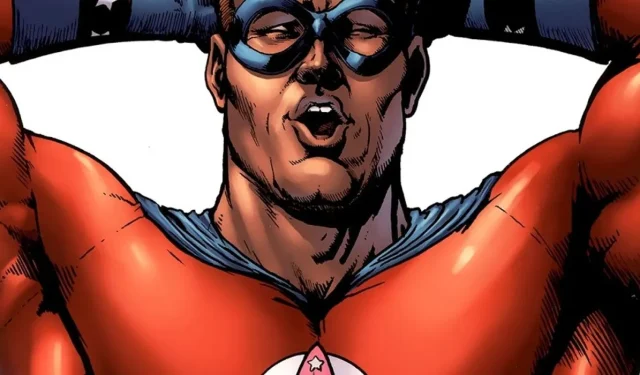The Boys presents a daring narrative that dives deep into the superhero genre, stripping away the shine of traditional heroism to reveal its often disturbing realities. Unlike the iconic protectors associated with nobility, integrity, and heroism, the characters in this universe operate under complex and often sinister motivations. This fundamental twist is what drove the creative vision of Garth Ennis and Darick Robertson, the series’ founders.
Though the series debuted in 2006, Ennis and Robertson’s intent was not merely to craft a tale about “heroes gone amok.”By this time, the superhero landscape was already rich with intricate deconstructions, as seen in seminal works such as Alan Moore and Dave Gibbons’ Watchmen and Frank Miller’s The Dark Knight Returns. Rather than settling for a satire focused on individual caricatures, Ennis and Robertson sought to question the very foundations of the superhero genre itself.
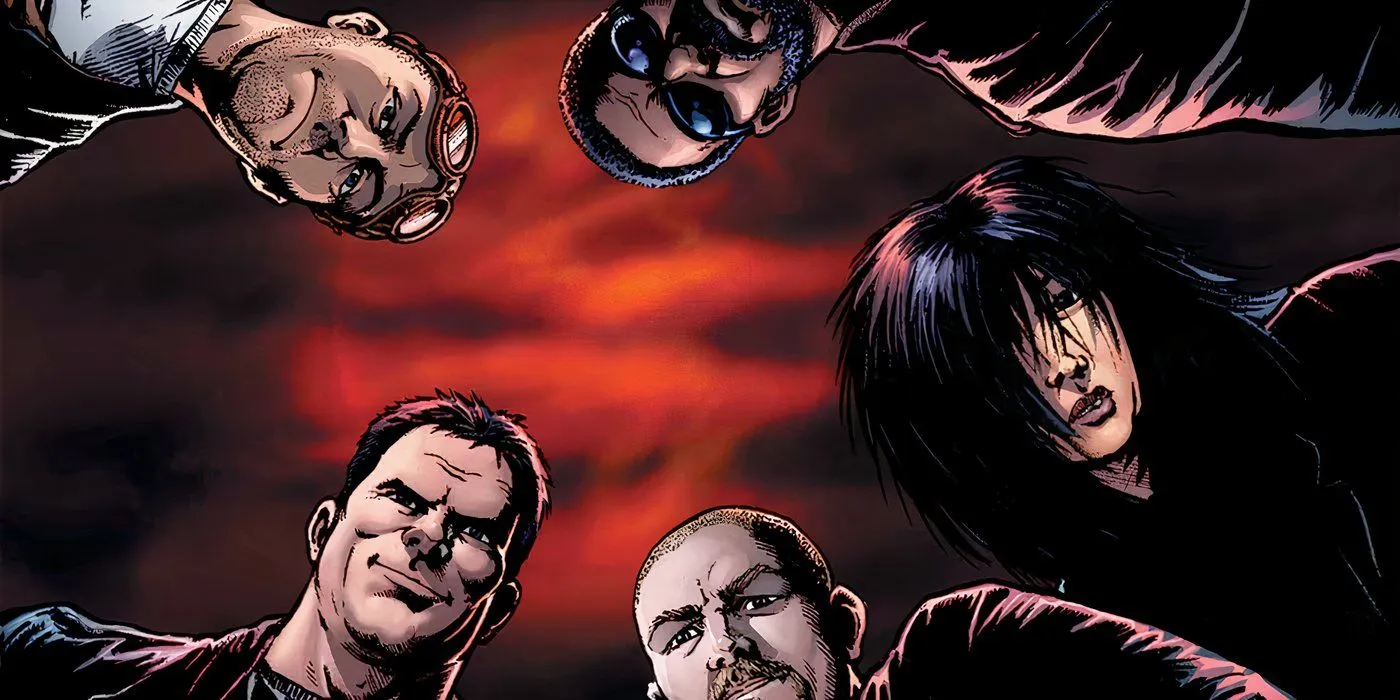
A Reflection of Reality: The Boys’ Take on Superheroes
Imagining Superpowers in Society: Stars vs. Superheroes
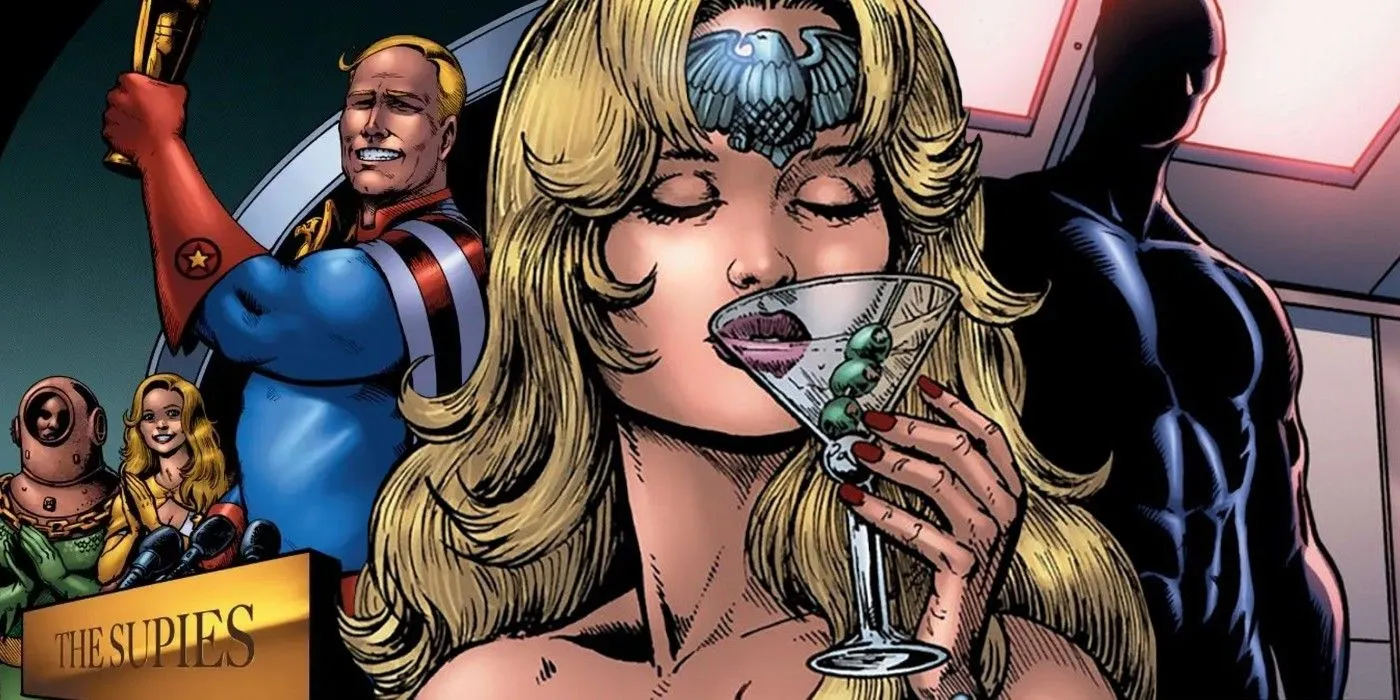
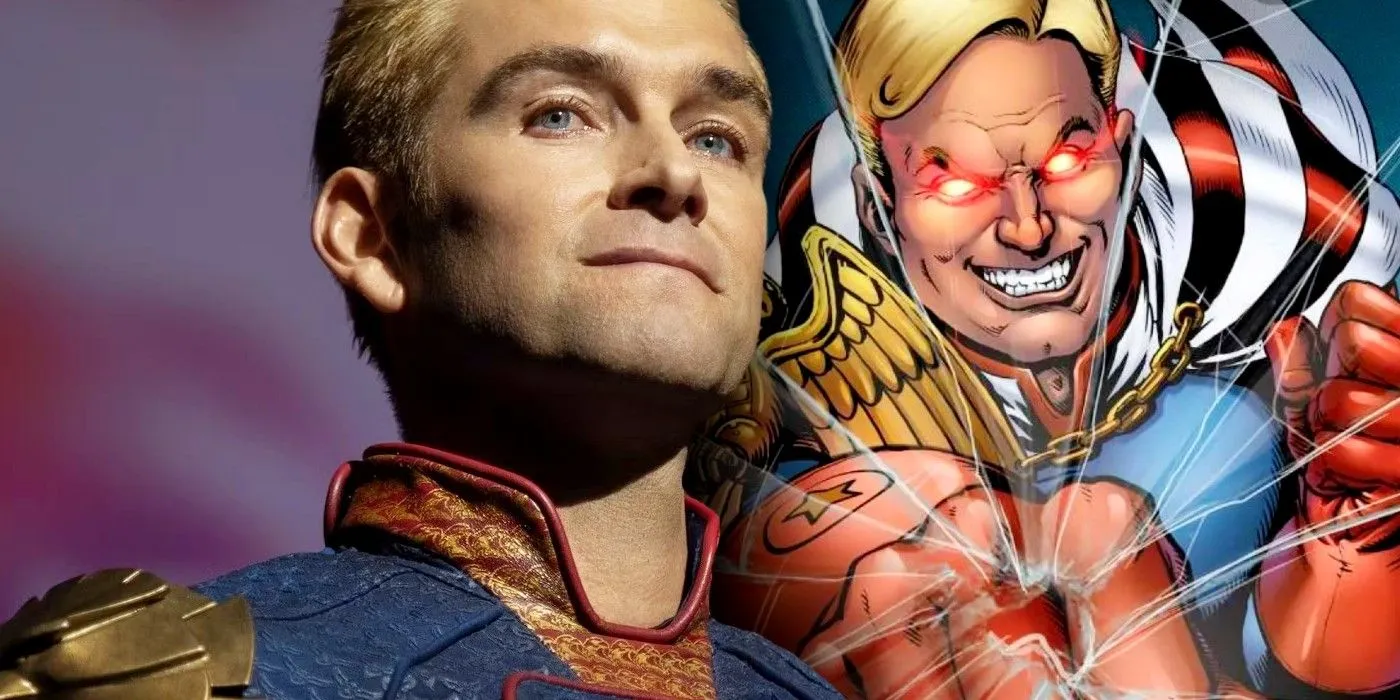
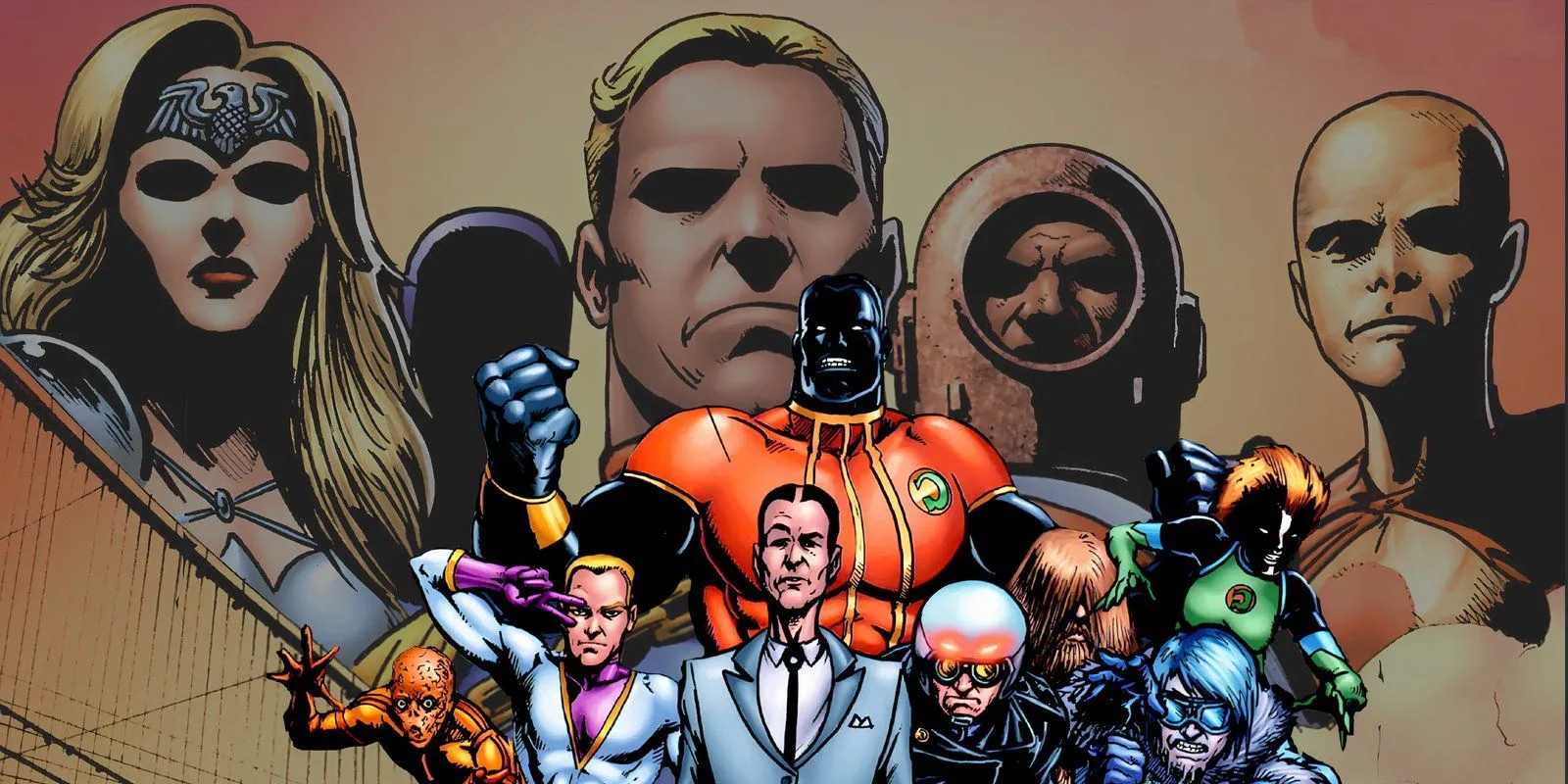
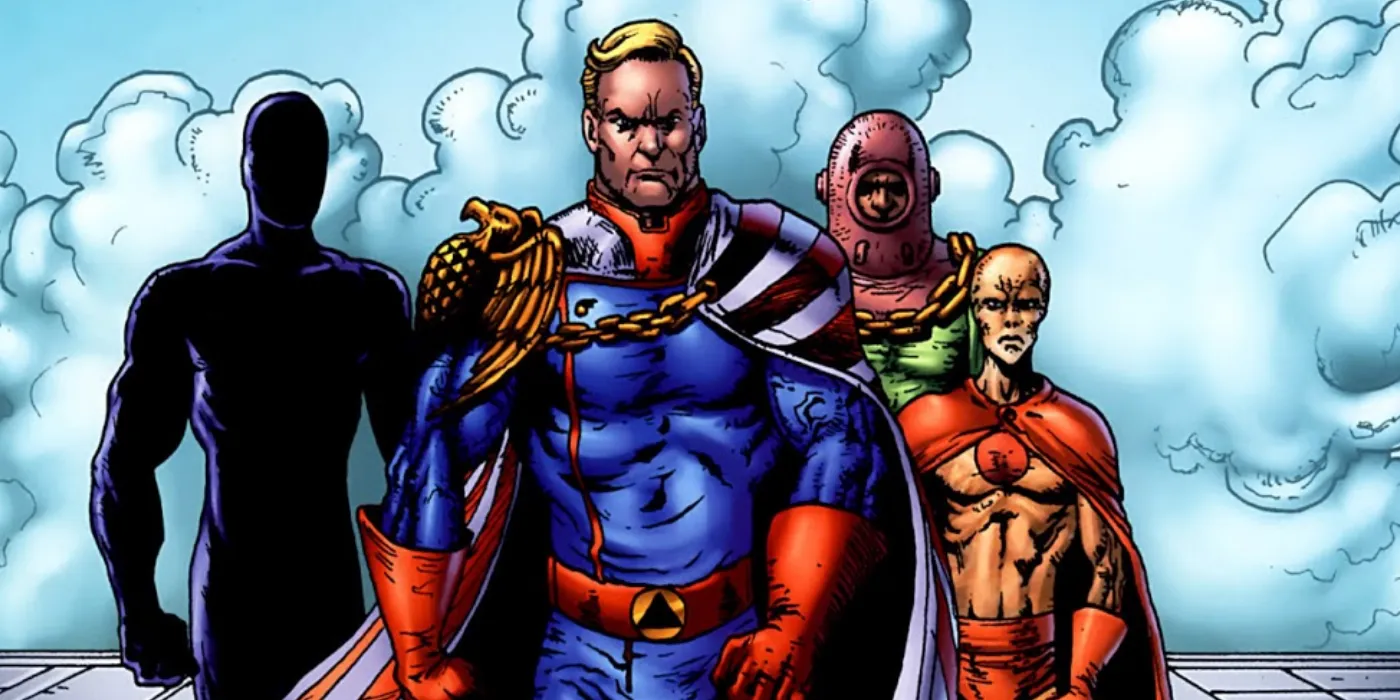
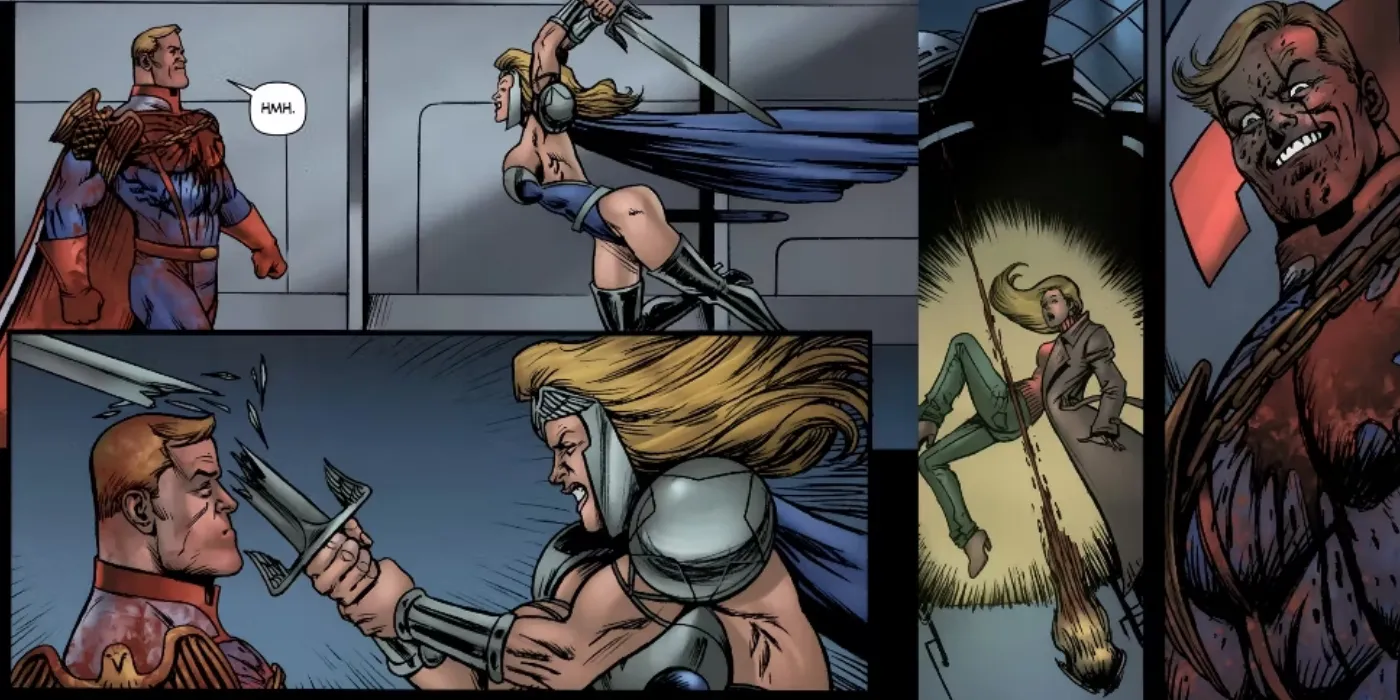
In an illuminating interview with the comic outlet Retrofuturista, Robertson shared insights into the foundation of The Boys. He elaborated on the influences behind their character designs, plot developments, and overarching narrative ambitions. This dialogue provides compelling clarity on the evolution and appeal of The Boys, especially for fans of the television adaptation.
Robertson articulates that while the series is often regarded as a humorous critique of superhero culture, its satirical focus extends far beyond what is commonly perceived. Many enthusiasts might assume that the narrative targets specific figures, such as Superman or Captain America, along with superhero teams like the Avengers or Justice League. However, the core aim is a broader critique of the underlying archetypes that have defined superhero storytelling.
For instance, in crafting the character of Homelander, Ennis and Robertson did not merely seek to mimic Superman or Captain America. Instead, they intended to address the archetype of the “white patriotic leader.”Similarly, A-Train serves not just as a spoof of The Flash, but rather as a commentary on how this archetype has been repetitively employed in superhero narratives since the inception of the genre. The essence of The Boys lies in how it incorporates corrupted traits into these familiar figures, providing a new lens through which readers can examine these archetypes.
Robertson emphasizes the intention behind these corrupt characters; they do not simply represent the typical villain found in superhero lore. Instead, they reformulate the way superheroes have habitually been depicted, reflecting how they can sometimes perpetuate nationalistic ideologies, serve corporate interests, and reinforce social narratives. For example, Vought, the corporation in The Boys’ universe, exploits its superheroes to promote products, quell social dissent, and encourage a façade of American exceptionalism, thereby solidifying their market power.
The True Nature of Power: Character vs. Ability in The Boys
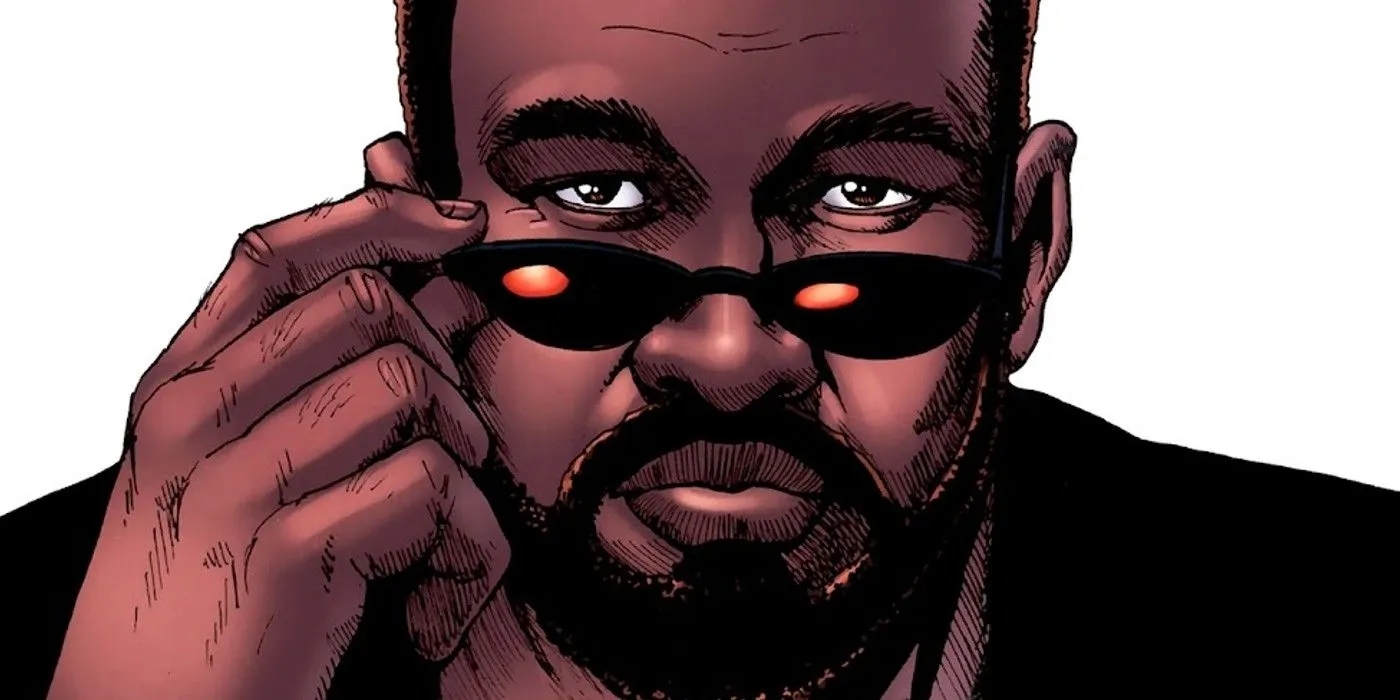



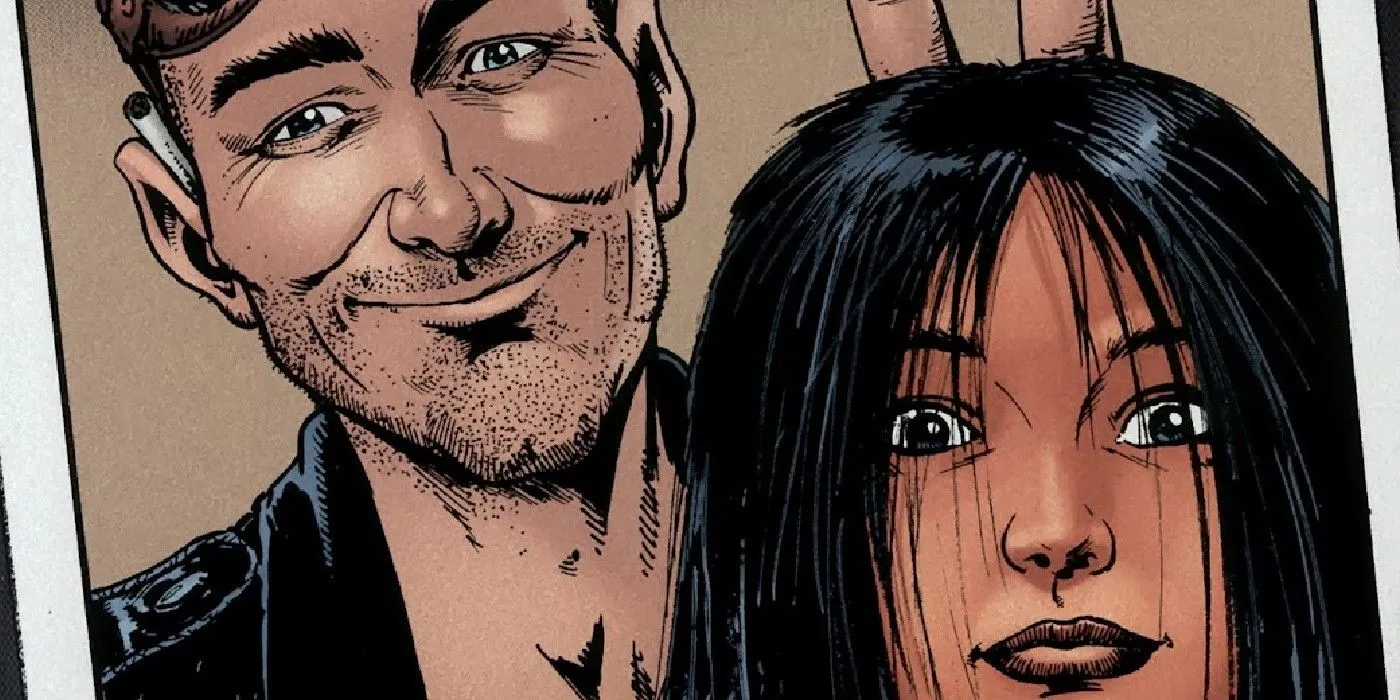
The aim of Ennis and Robertson transcends simple parody; they provide a thoughtful examination of how a society with superpowers might operate. According to Robertson, Ennis was quick to perceive that these powerful beings would likely mirror the perversions and flaws seen in real-world ruling classes—those entrenched in wealth and political power. By embedding these themes within the narrative, they reveal that inherent traits such as ignorance, bigotry, and corruption are amplified rather than eradicated by superhuman abilities.
In essence, superpowers provide the means to exacerbate the flaws of individuals, painting a sobering picture where accountability remains elusive. The Boys operates as a resistance force against such tyranny, placing the burden of challenge upon the average person. As Robertson articulately puts it, this reflects the societal struggle mirrored in the series, where holding the mighty accountable often falls to those who dare to rise against them, embodied within the framework of The Boys.
Source: Retrofuturista
